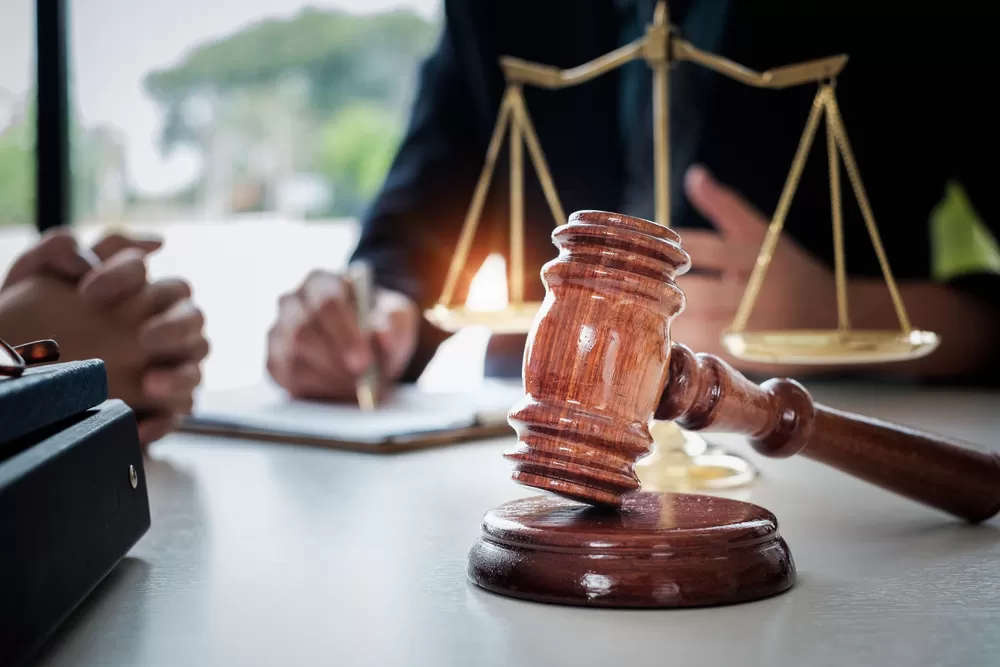Exploring the Legal Pathways to Clearing Your Criminal History
Embarking on the legal journey to expunge a criminal record starts with a nuanced exploration of the region-specific laws that govern the erasure procedure. Depending on the jurisdiction, the definition of eligibility can vary, often hinged on the nature and severity of the offense, the time elapsed since the conviction, and subsequent criminal history, if any. It’s imperative that applicants first secure a comprehensive understanding of these prerequisites by reviewing the statutes or consulting with a legal professional well-versed in expungement law. Once the eligibility criteria are deemed to be met, individuals can proceed to gather the necessary documentation, which may include court records, a criminal history report, and character references, all of which will support the contention that they’ve made significant strides toward rehabilitation and pose no continued threat to public safety.
Upon assembling the requisite documents, the next crucial step is the formal petitioning process, which involves filing an application or motion with the court that issued the original conviction. This application must be meticulously completed and articulate a compelling case for why the expungement is justified; it should highlight rehabilitative efforts, any restitution made, and the positive impact erasure would have on the individual’s future. Depending on local laws, this might also be the juncture where one requests a hearing, giving the petitioner an opportunity to speak directly to the court. Throughout this phase, it is not uncommon for the prosecutor’s office or representatives of the victims to be notified of the petition, providing them an opportunity to support or contest the request for erasure, thereby adding a layer of complexity to the petitioner’s argument for a clean slate.
Navigating the final juncture of erasure, the court’s decision, embodies a pivotal moment that can either uphold or overturn the shadows cast by one’s criminal past. A favorable ruling not only seals or destroys the records but also acknowledges the petitioner’s dedication to personal transformation and societal reintegration. However, the outcome is not always guaranteed, and denial can necessitate further legal action or appeal, depending on the statute. It is here that the exhaustive efforts of building a strong case, augmented by legal representation, may bear fruit. Successful petitioners find their prospects broadened, with newfound access to employment, housing, and civic opportunities previously clouded by their criminal history, closing a chapter of legal and personal adversity and cementing a future unencumbered by past indiscretions.
Navigating the Complexities of Criminal Record Expungement
Embarking on the journey of criminal record expungement necessitates a careful navigation of the legal labyrinth that can vary significantly from one jurisdiction to another. It begins with the critical examination of one’s eligibility, which hinges on various factors such as the nature of the conviction, the length of time that has elapsed since the completion of the sentence, and the individual’s conduct thereafter. Certain misdemeanors and non-violent felonies often qualify for expungement, but serious, violent crimes may invariably be excluded. Understanding the nuances of these qualifying conditions is the first hurdle applicants must surmount. Armed with this knowledge, prospective petitioners can assess the likelihood of success and prepare to gather the extensive documentation often required to proceed, laying the groundwork for the subsequent procedural steps of the expungement process.
Once eligibility is established, the petitioner must meticulously adhere to the dictates of the expungement process, which generally entails the filing of a formal petition or application with the appropriate court. This document must be crafted with precision, often necessitating the inclusion of personal statements, affidavits, and evidence of rehabilitation, such as employment records, educational achievements, or character references. Additionally, the process may require the petitioner to serve notice of the expungement request to various stakeholders, including the prosecutor’s office and victims, who may have the opportunity to support or contest the petition. Aspiring for expungement can be akin to navigating a procedural minefield, where even minor missteps or omissions can jeopardize the outcome; therefore, attention to detail and adherence to the specified timeline are paramount.
Upon successfully traversing the technical terrain of filing and notice requirements, the petitioner is often summoned to appear before a judge for a hearing that will determine the fate of their expungement request. This judicial proceeding is the crucible in which the petitioner’s past and rehabilitative efforts are weighed against the interests of society and justice. It is in this arena that the compelling narrative of transformation must be presented—articulating not only the petitioner’s remorse and legal compliance but also showcasing their positive contributions to the community. Success at this stage hinges upon the persuasive elucidation of the petitioner’s reformed character and the societal benefits of granting the expungement. If the petition is granted, the court’s order acts as a judicial erasure, allowing the individual to move forward without the burden of a criminal record—a profound outcome that underscores the legal system’s capacity for mercy and the recognition of personal growth.
Crafting a Compelling Case for Criminal Record Erasure
Crafting a compelling case for the erasure of a criminal record is the foundational step in the journey toward expungement. It requires the petitioner to not only furnish proof of legal eligibility but also to persuasively articulate the ways in which their conviction has adversely impacted their life opportunities, such as employment, education, housing, and social relationships. A staunch argument often hinges on presenting a demonstrable track record of rehabilitation, which might include participation in community service, completion of educational programs, or testimonials from employers, religious leaders, or community members. This narrative must be meticulously prepared to underscore the individual’s commitment to positive societal contributions and the disproportionate hardship they bear due to the blemish on their record, effectively aligning their personal reformation with the broader interests of justice and community welfare.
To construct a compelling case further, the petitioner should provide detailed, forward-looking statements that envision the potential benefits of expungement. This can be achieved by detailing specific goals and opportunities that would likely become attainable with a clean slate, such as career advancement, educational endeavors, or more stable living conditions. Furthermore, petitions may be strengthened by including expert testimonies or statistical data that highlight the positive outcomes of erasure for individuals in similar circumstances, thereby contextualizing the petitioner’s case within a broader evidence-based framework. In capturing the transformation of the petitioner and extrapolating the future social and economic contributions they can make, the narrative appeals to the decision-makers’ sense of equity, underlining the unjust perpetual punishment that an unexpunged record represents.
In the final analyses, the petitioner’s ability to draw a vivid contrast between their past indiscretions and present character is pivotal. This involves a nuanced account that accepts responsibility for past actions while concurrently showcasing current virtues—essentially, crafting a personal redemption story. Letters of recommendation and other attestations of good character can play a significant role in substantiating this transformation. Moreover, it is critical that the petition is couched in the language of the law—citing relevant statutes and precedents that support the claim for expungement. The culmination of this carefully tailored narrative and legal argumentation aims to persuade the court not just of the petitioner’s worthiness, but also of the justice system’s capacity for mercy, and its recognition that people can, and do, change for the better. When these elements amalgamate into a compelling case, the petition has the potential to resonate with the adjudicating authorities, thus enhancing the likelihood of expungement and the promise of a new chapter in the petitioner’s life.







